Realme X3 SuperZoom camera review: starry mode bogged down by algorithm
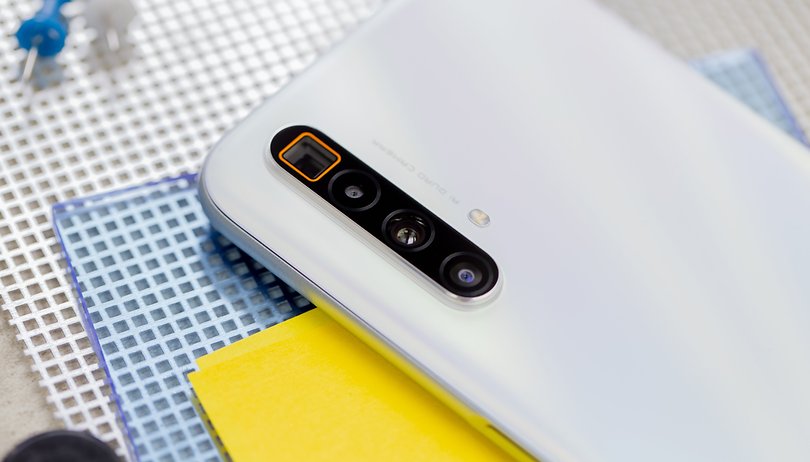

Read in other languages:
The Realme X3 SuperZoom touts a whole slew of various high-end hardware underneath the hood, all at an attractive price point of less than €500 (around $565). As its name suggests, the Realme X3 SuperZoom has allowed photography to play a prominent role in the device. Apart from boasting of a 60x superzoom, there is also a 64-megapixel giant sensor from Samsung, in addition to the now-obligatory ultra-wide-angle camera and the infamous macro camera lens. We will look at all of them in our Realme X3 SuperZoom camera review.
Realme's product page touts it in extremely clear terms: the Realme X3 SuperZoom's main star of the show would be the camera. We'll start by going over the specific information of the cameras.
Realme X3 SuperZoom camera specifications
| Camera module | Focal length | Image sensor | Resolution | Sensor size | Aperture |
|---|---|---|---|---|---|
| Ultra-wide-angle | 15.7mm | n. a. | 8 megapixels | ~1/4 inch | F2.3 |
| Main camera | 26mm | Samsung GW1 | 64 megapixels | 1/1,72 inch | F1.8 |
| Telephoto | 124mm | n/a | 8 megapixels | ~1/4 inch | F3.4 |
| Macro Camera (OIS) | ~26mm | n.a. | 2 megapixels | ~1/5 inch | F2.4 |
When comparing the actual physical focal length from the EXIF data with the equivalent 35mm focal length, you will notice that this is a very good comparison. The sensors of ultra-wide-angle and telephoto camera have a crop factor of about 10, which leads to a sensor size of about 1/4 inches, which is really tiny with a light-sensitive area of about 10 mm2. The main sensor, the Samsung GW1, manages to cross the 40 mm2 mark.
Basically, it's still noticeable in the Realme X3 SuperZoom, where there is a fairly large performance gap between the main camera (26 millimeters) and the telephoto camera (124 millimeters) when it comes to focal length range. When zooming in and out, the 64-megapixel sensor has to work to fill this gap.
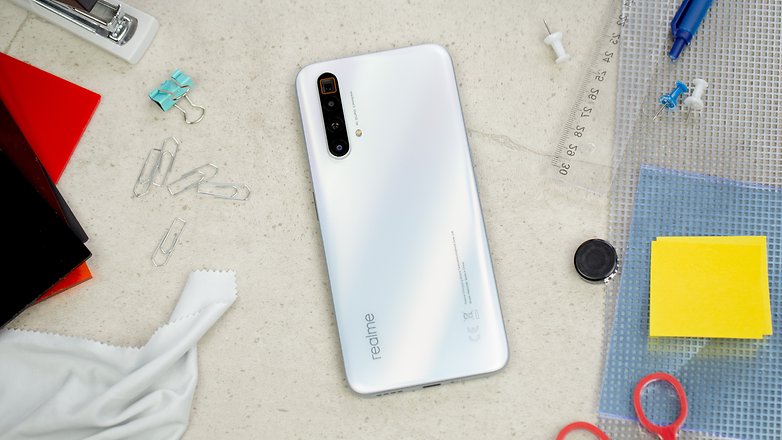
Main camera: the star of the show
Clearly, the main camera is the star of the show in the Realme X3 SuperZoom. The Samsung GW1 (S5KGW1) image sensor is used, which is comparatively large at 1/1.72 inches and can be found in numerous mid-range smartphones from various Chinese manufacturers. It also sees action in the Samsung Galaxy A71, for example. In contrast, Samsung has included the successor to the GW1, aptly named the GW2, into the 64-megapixel devices of the S20 series.
Back to the Realme X3 SuperZoom: while the hardware requirements are quite impressive, a lot of it boils down to the manufacturer's software to deliver great looking image results. The main sensor was able to deliver very colorful results under good lighting conditions in default settings - although I do find them to be too colorful for my taste.
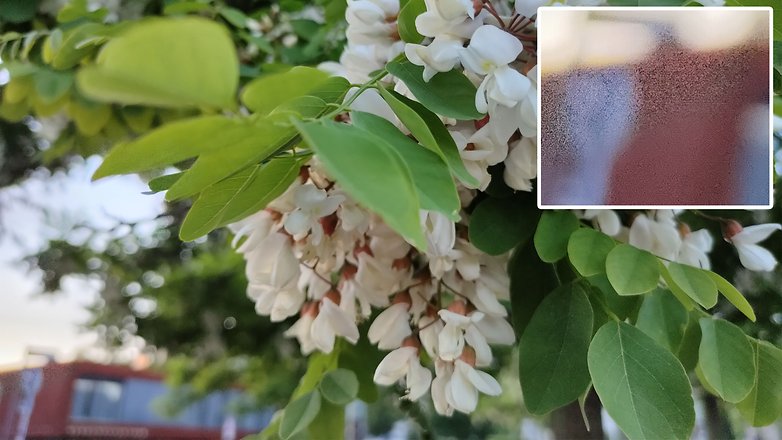
If you don't like the squeaky-colored look of the 1990s, you should keep your hands off the AI button. Developed at the Realme headquarters, the artificial intelligence does seem to be equated with some rather wacky colors.
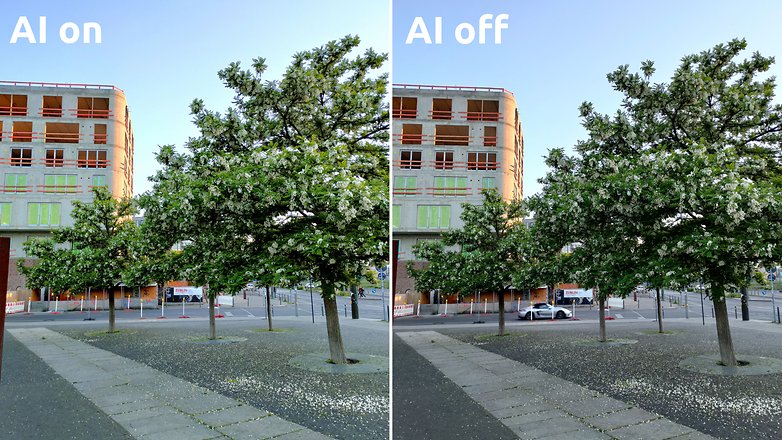
Unfortunately, the detailed rendition doesn't correspond to what you would actually expect from a large format 64-megapixel sensor. Even under ideal lighting conditions, the detailed rendition of 16-megapixel photos is average at best, as the following photo shows at ISO 100 and 1/600 second exposure time.
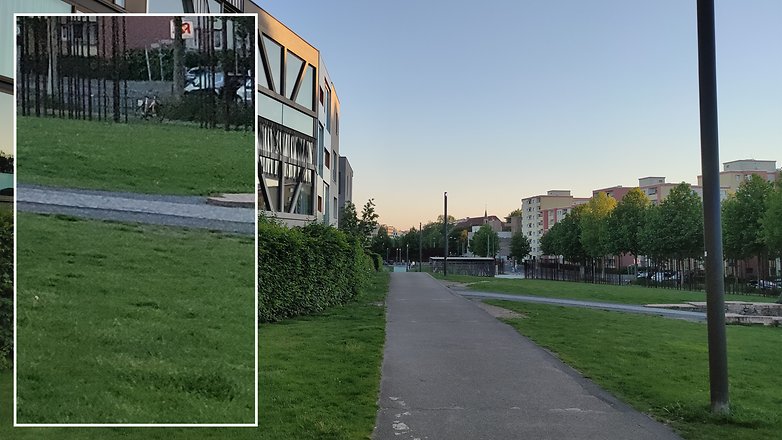
In the end, using the 64-megapixel camera registers brings a considerable improvement here. The detailed rendition improved noticeably, with the image sharpness being significantly higher when viewed at a reduced size. However, this also comes at a price: In 64-megapixel mode, the Realme X3 SuperZoom captures photographs at a noticeably slower rate, and the high-resolution JPEG photos take up approximately four to six times the memory space at 24 MBs apiece on average.
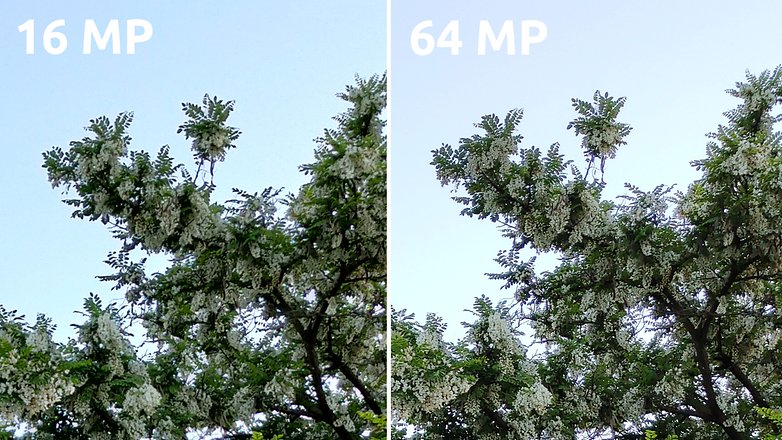
In poorer light conditions, the main sensor plays out its size. Even in dimly lit subway stations, the image quality is still very decent. The colors remain stable and there is no significant image noise in the pictures.
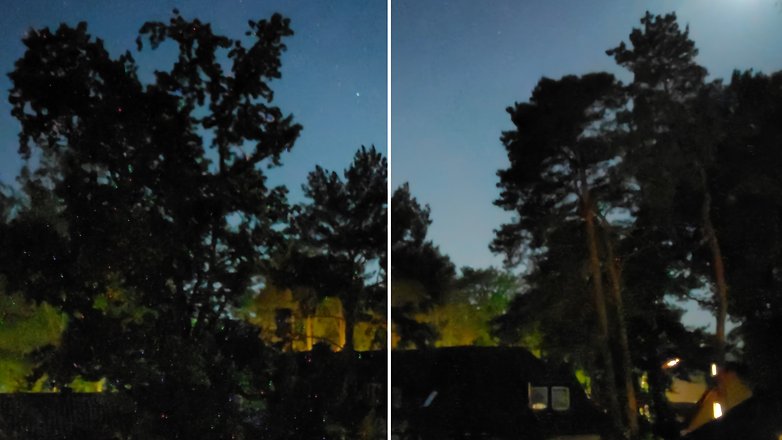
As soon as it gets really dark, the Realme X3 SuperZoom finally fails to impress again. At some point, even with a comparatively large sensor, everything else is determined by the software algorithm as to whether the captured photos will be able to deliver or otherwise. The white balance tends to drift more and more into blue territory, while the noise increases at an unwanted rate. Unfortunately, the freehand night mode cannot do anything to save the situation here either and often delivers inconsistent results.
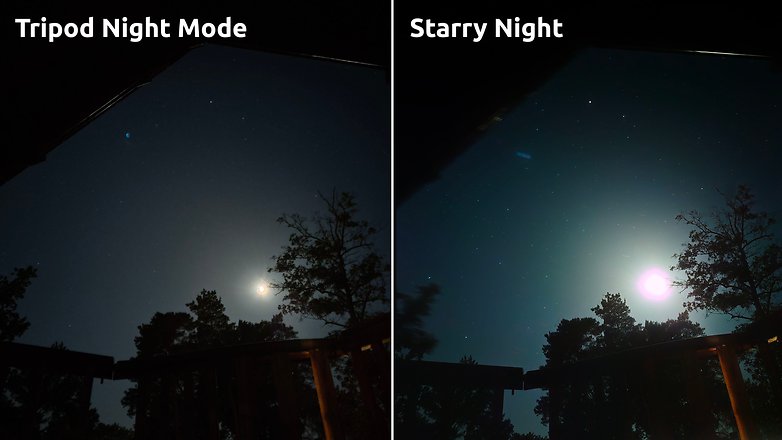
Finally, the Starry Night mode shoots a whole series of long time exposures and compiles them into a single photo. In the example shown above, it took approximately six minutes to get the whole shot in. Unfortunately, there are also image errors here. For example, the picture on the left with the tree depicts such errors. The app also compensated for the earth's rotation over a longer exposure time most of the time, but not always. Stars around the moon are seen as visible lines though.
Wide-angle: too much detail lost
As mentioned at the beginning, Realme did not reveal the sensor size of the main camera for no good reason at all. The ultra-wide-angle module is based on a really tiny chip - and if we were to make a correct assumption about the EXIF data - the pixels are very small even at a resolution of only 8 megapixels.
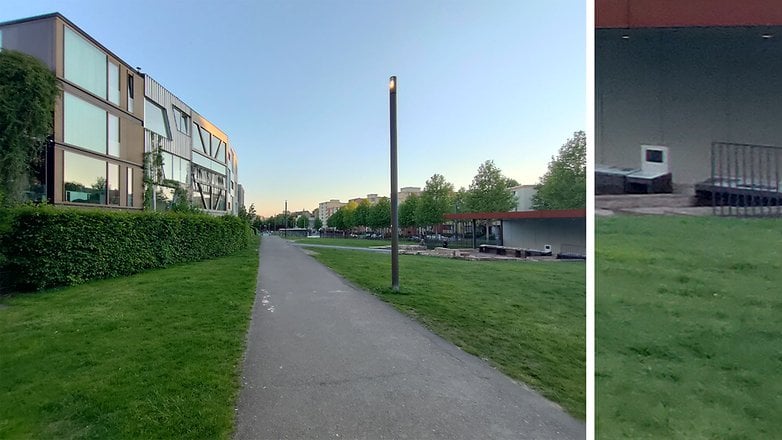
Unfortunately, the ultra-wide-angle module also had to struggle with strong moiré effects. This is to be expected, with a resolution of just 8-megapixels, the manufacturer doesn't leave much room for optical low pass filters above the sensor. These OLP filters are able to combat such artifacts effectively, although at the cost of detailed reproduction. This is a compromise that you will need to learn to live with.

Furthermore, the ultra-wide-angle module always shows strong chromatic aberrations. These image errors occur because the light entering the camera is refracted at different degrees, depending on the wavelength - and is not properly corrected with cheap optics. The same effect occasionally causes a rainbow in your room when the sun is shining.
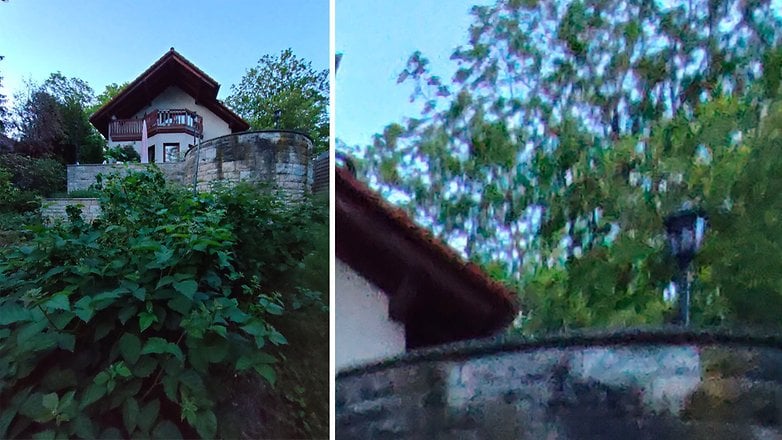
In low light conditions, the detailed rendition breaks down completely, which was something that we expected to encounter. The bottom line is, the ultra-wide angle-camera produces reasonable results in daylight with good color rendition, as long as you can live with the artifacts as described.
SuperZoom: 60x is a bad joke
While the 60x zoom in itself makes you wonder about the results, a glance at the specifications sheet increases the degree of skepticism. The telephoto-zoom sensor is really, really small - about three times smaller in area than the 1/2-inch telephoto-sensor in the Samsung Galaxy S20 Ultra. And there I found the 100x zoom in the camera test to be practically useless.
In reality, however, the errors can be seen in the photograph. Those who press the 2x-button for the zoom in the camera app still take pictures with the main sensor - but with digital zoom, and you will obviously end up with predictably worse image quality. Only after the 5x limit does the smartphone switch over to the telephoto camera module, which suffers not only from the small sensor but also from the poor light intensity of F3.4.
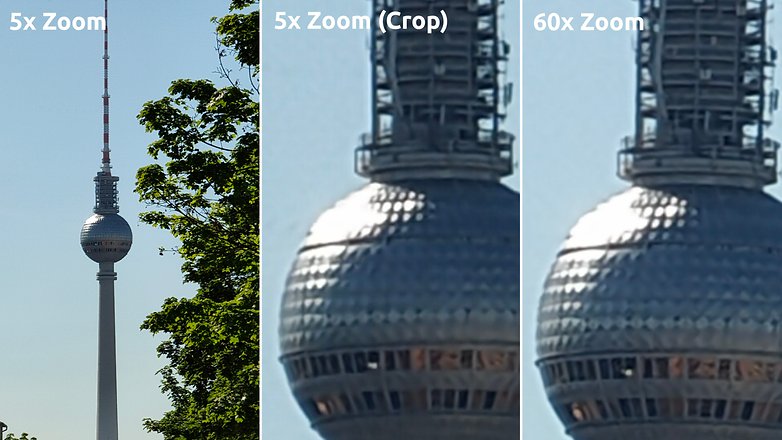
Since the aperture is controlled via the software algorithm, only about half as much light reaches the telephoto sensor at F3.4 as at F2.3 on the ultra-wide-angle module. In addition, the risk of camera shake happening at longer focal lengths would require faster shutter speeds, which in turn require higher ISO sensitivities.
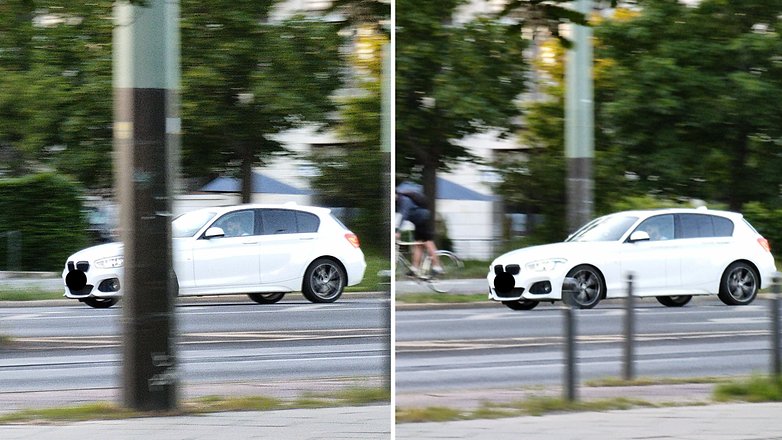
The bottom line is, the telephoto camera is not much more than a nice gimmick, where at the 5x setting, it will still provide useful results under good light conditions. However, as soon as the sun disappears, the image quality quickly deteriorates badly. Photos beyond the fivefold magnification are definitely not worth capturing.
Macro Camera: Propping up the specifications sheet
"I got a quad camera, you only got a triple camera, bitch!" - that would be a statement that lies somewhere between schoolyard rhetoric and Trump rhetoric. Accordingly, I'm a big fan of useless macro cameras (or redundant bokeh sensors), which for a few cents of material cost provide the marketing departments with ammunition to prop up the hardware specifications sheet.
Speaking of specification sheets: The marketing department of Realme crammed in the pixel size of 1.75 microns into the overall concept. The fact that 1,600 pixels in the horizontal plane results in an antiquated sensor size of about 1/5 inches is better kept to oneself. Spoiler Alert: The results are not great.
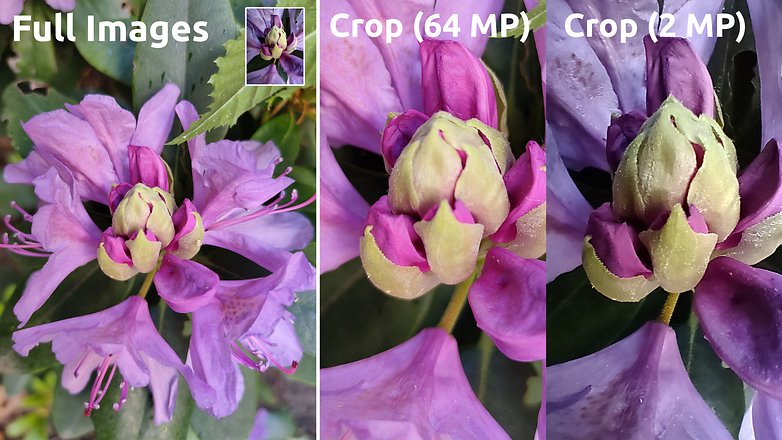
As the above summary shows, the 2-megapixel image is insanely tiny compared to the 64-megapixel image. With a little sharpening and less movement (nasty wind!), it would certainly have been possible to get even more out of the 64-megapixel crop.
Conclusion
The bottom line is this: the Realme X3 SuperZoom delivers quite reasonable performance for its price range. According to the hardware specifications, the main sensor provides the best performance, while the ultra-wide-angle and telephoto modules clearly have their own pitfalls to take note of. Unfortunately, all of the smartphone's cameras do seem to be affected by unpleasant errors in image processing. As great as the potential of Computational Photography is - there is still so much work to do behind the scenes by manufacturers.
That's all for now in the first camera review. I've handed the smartphone over to my colleague Antoine, who will now test the Realme X3 SuperZoom in greater depth for you - and will inform you of how the rest of the smartphone performs. Stay tuned!

















